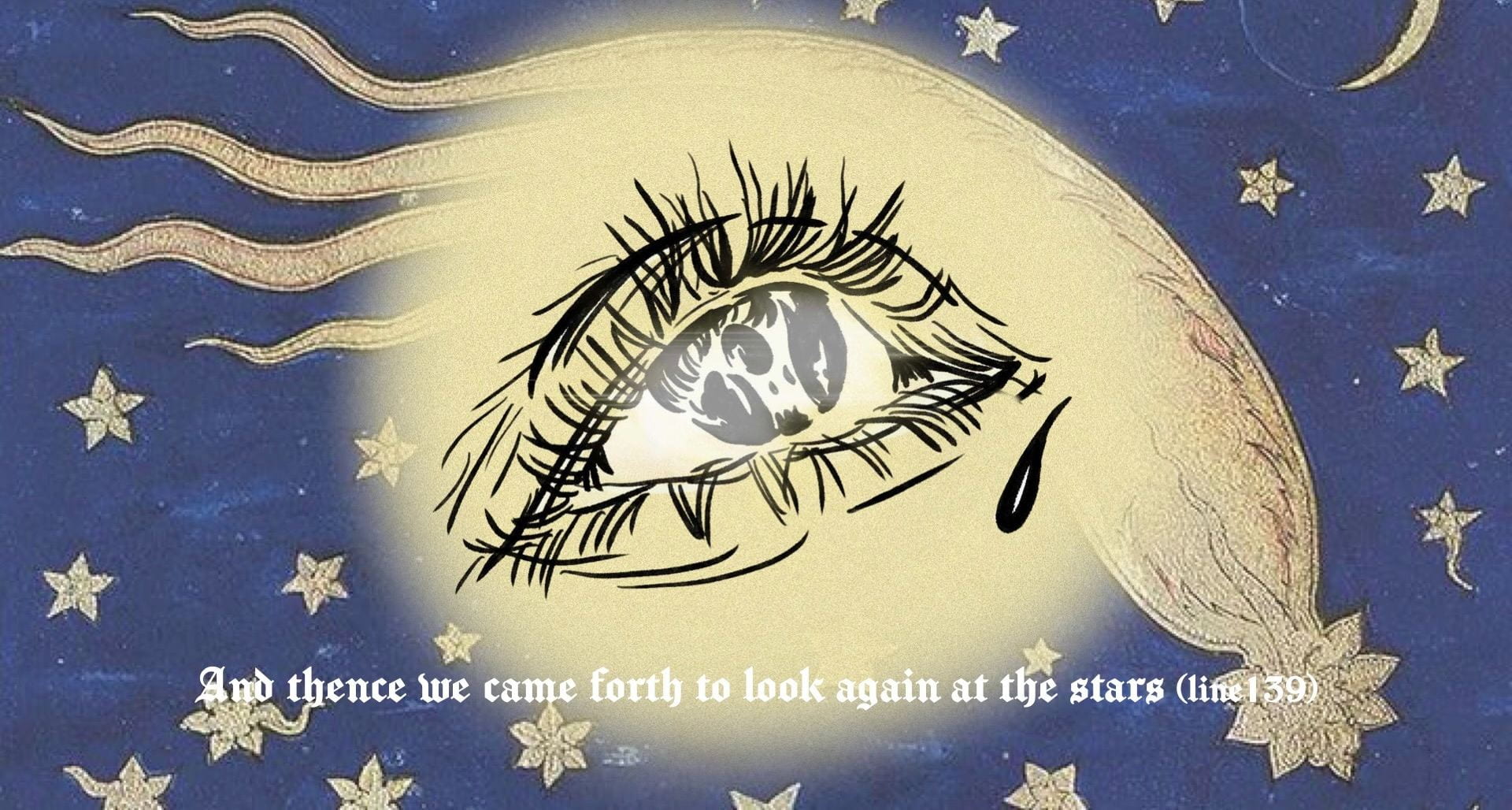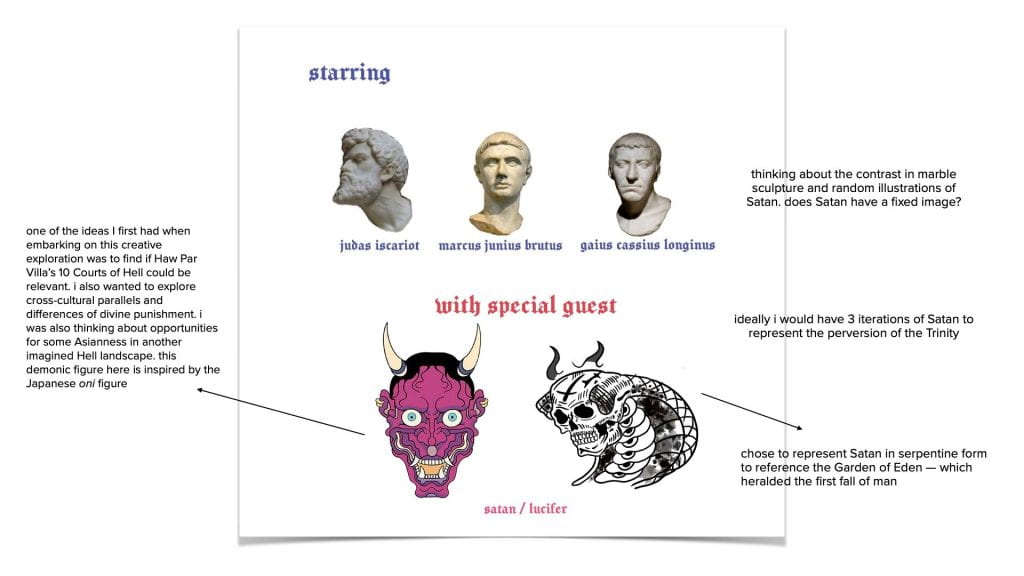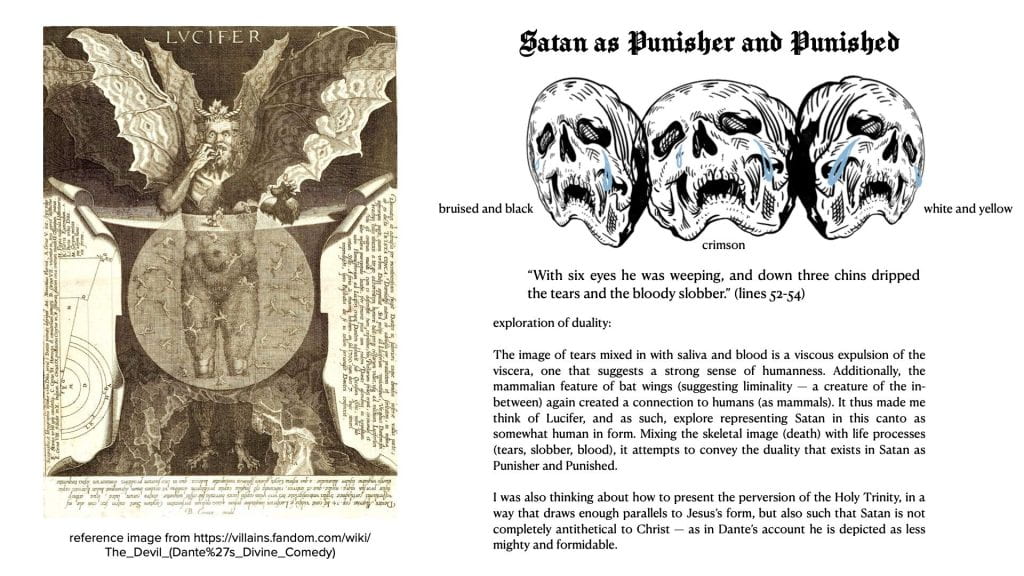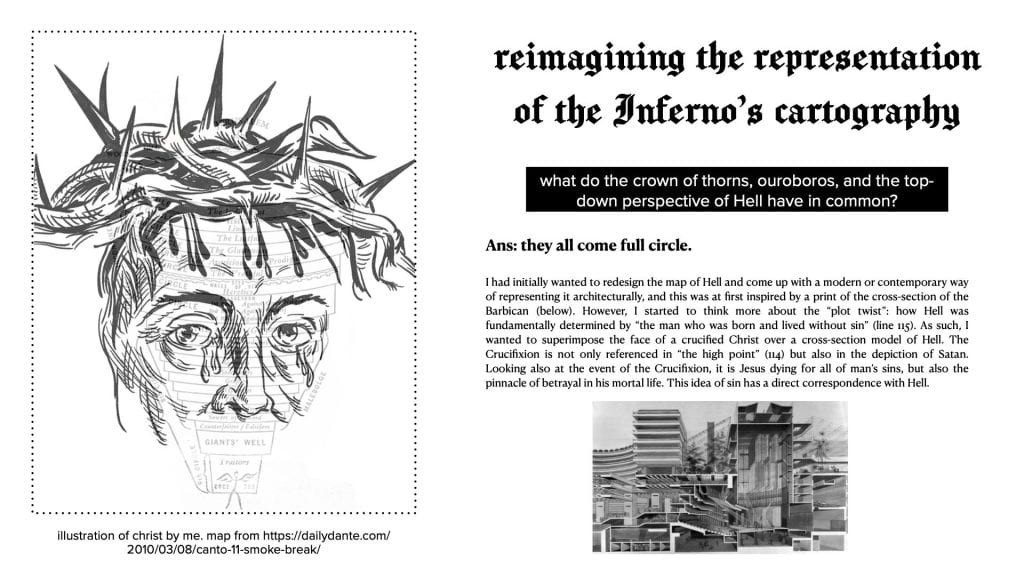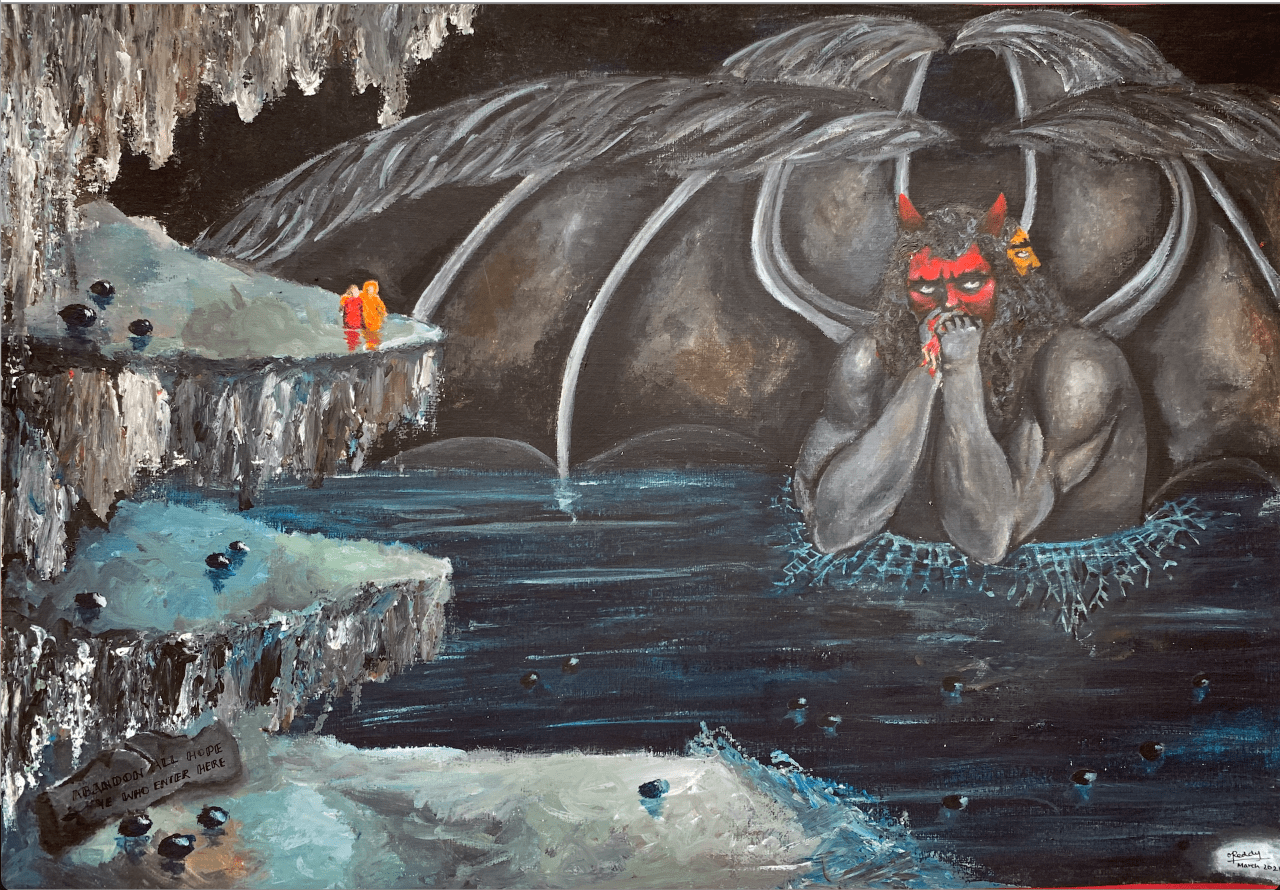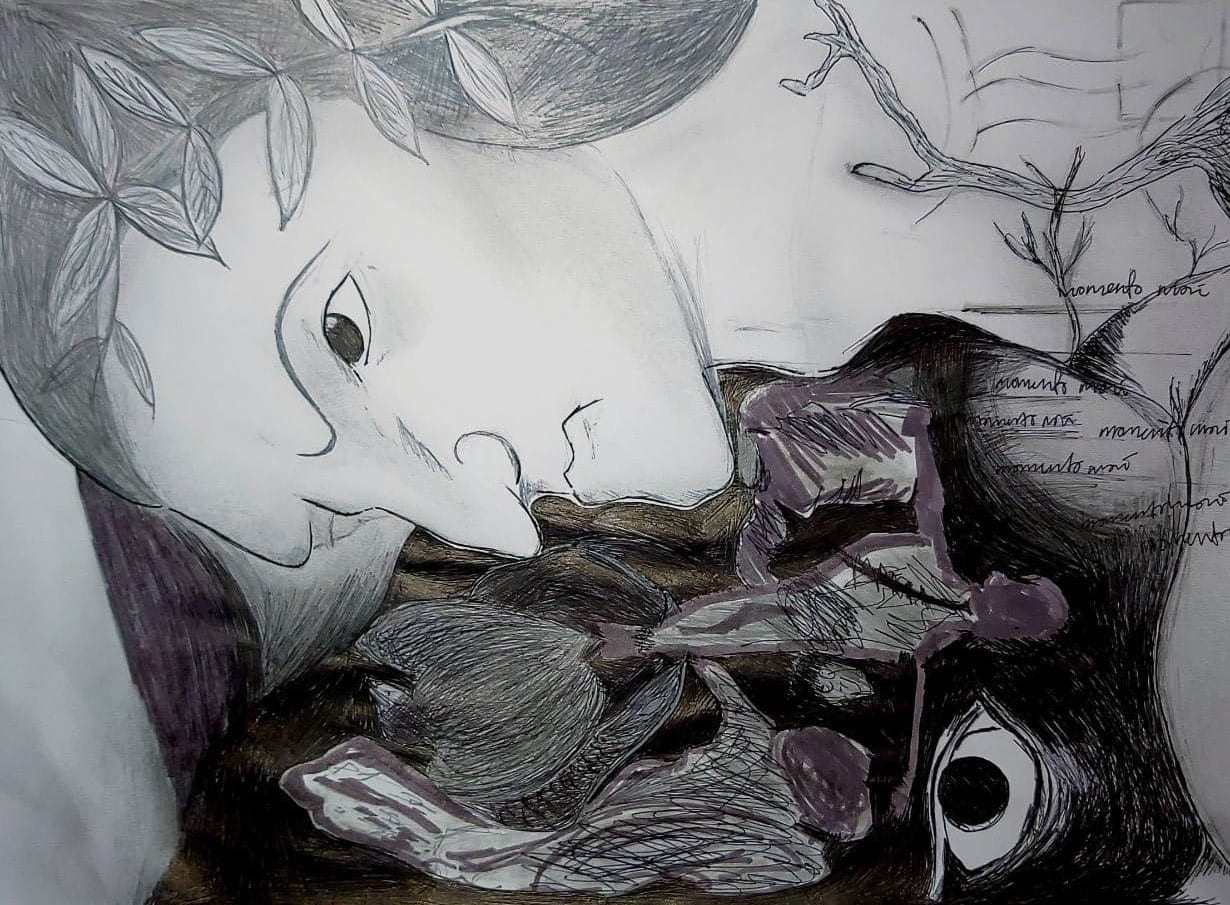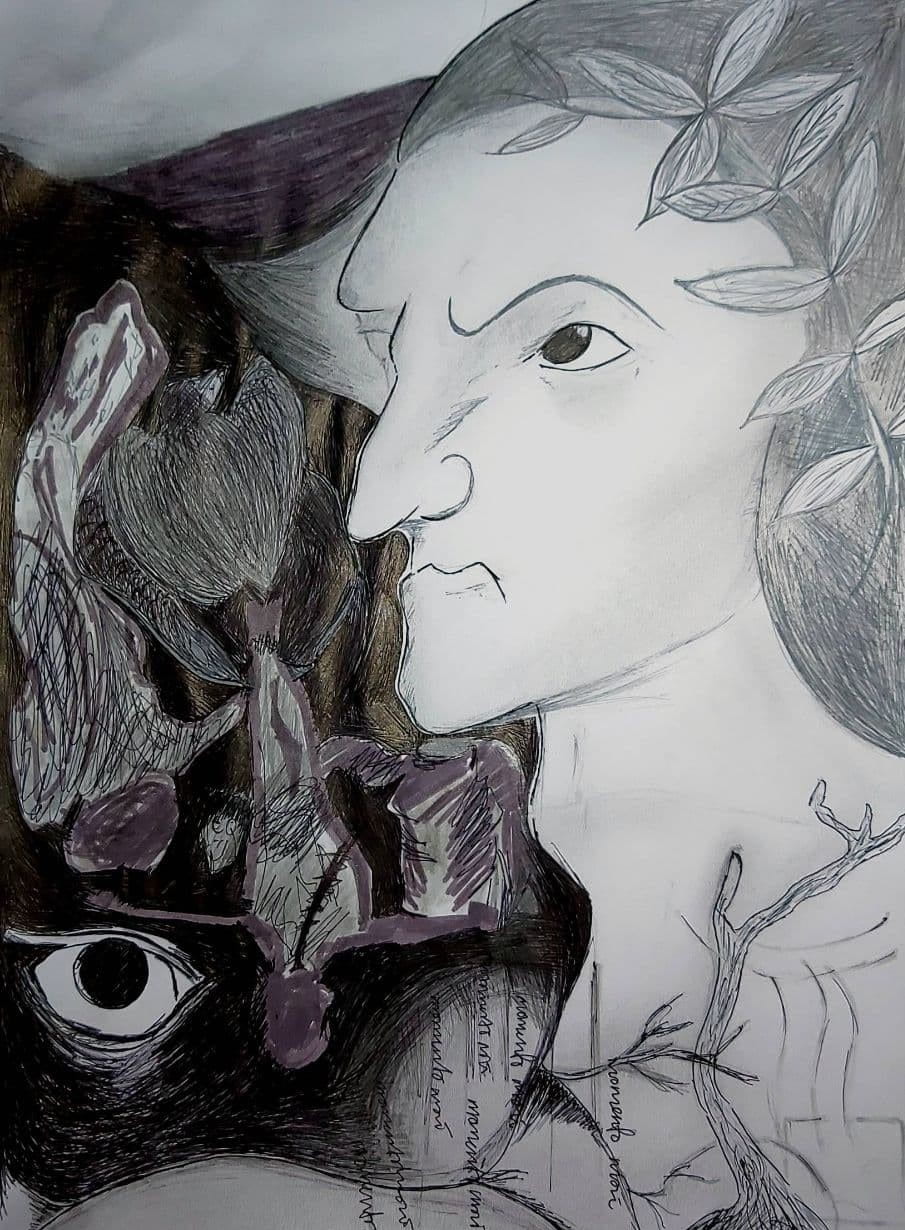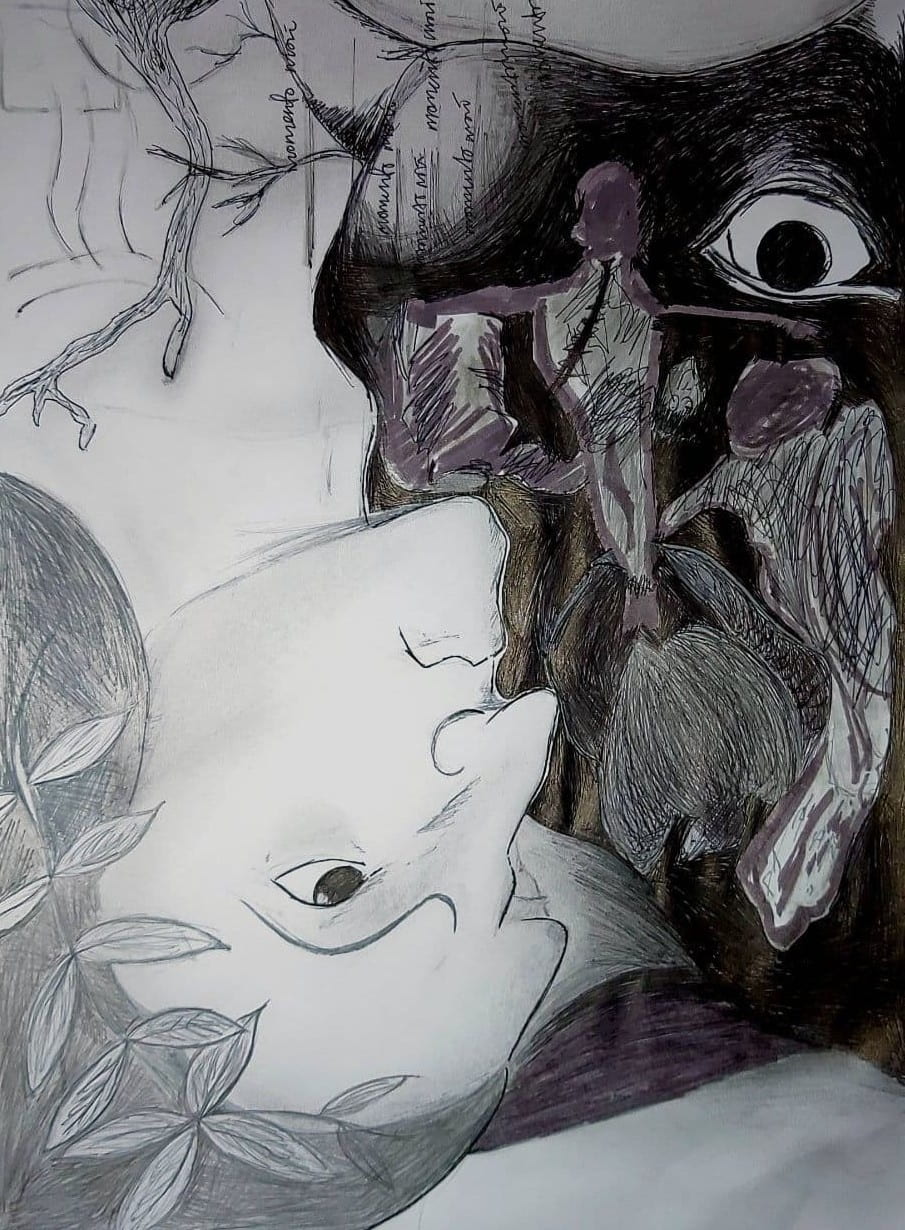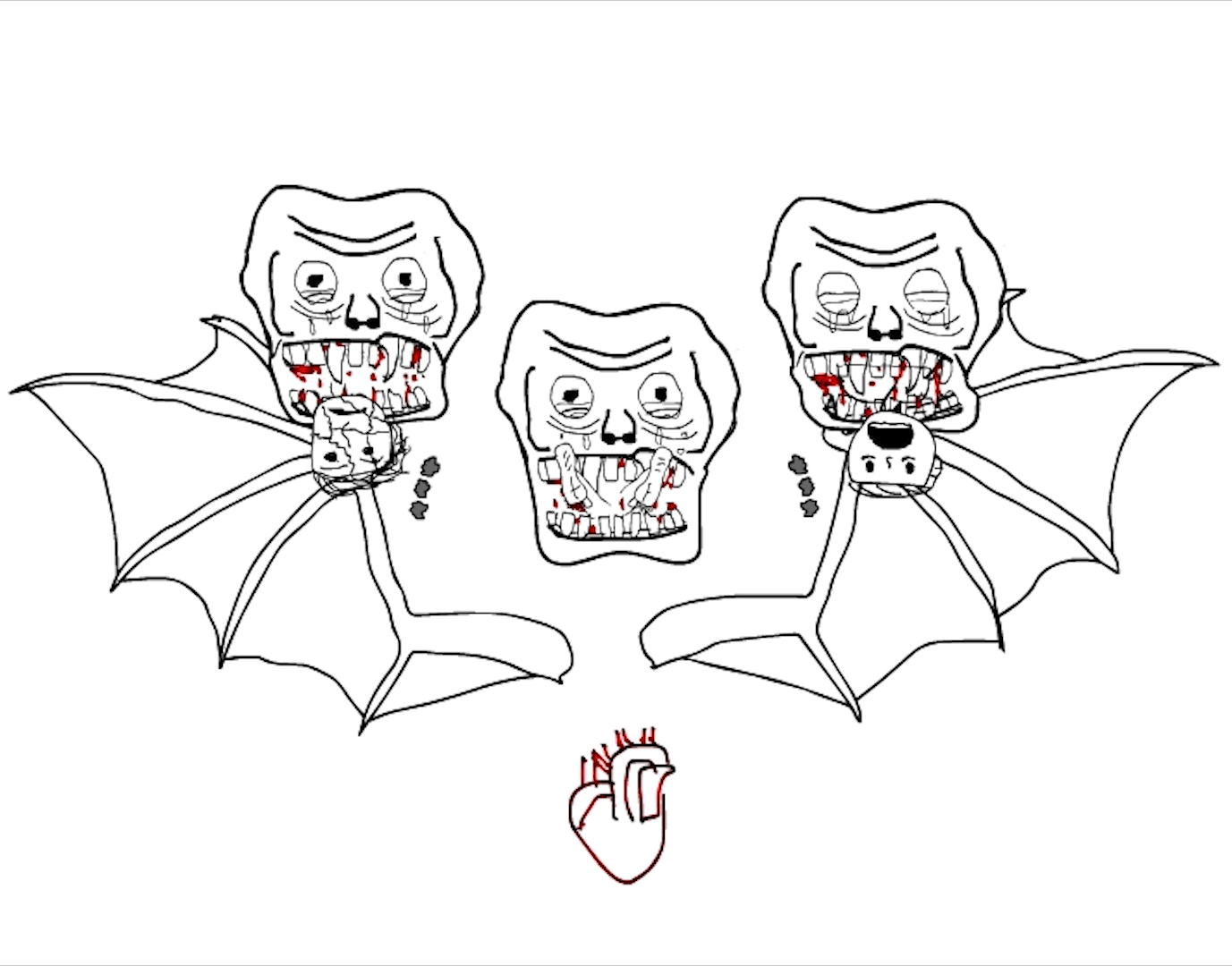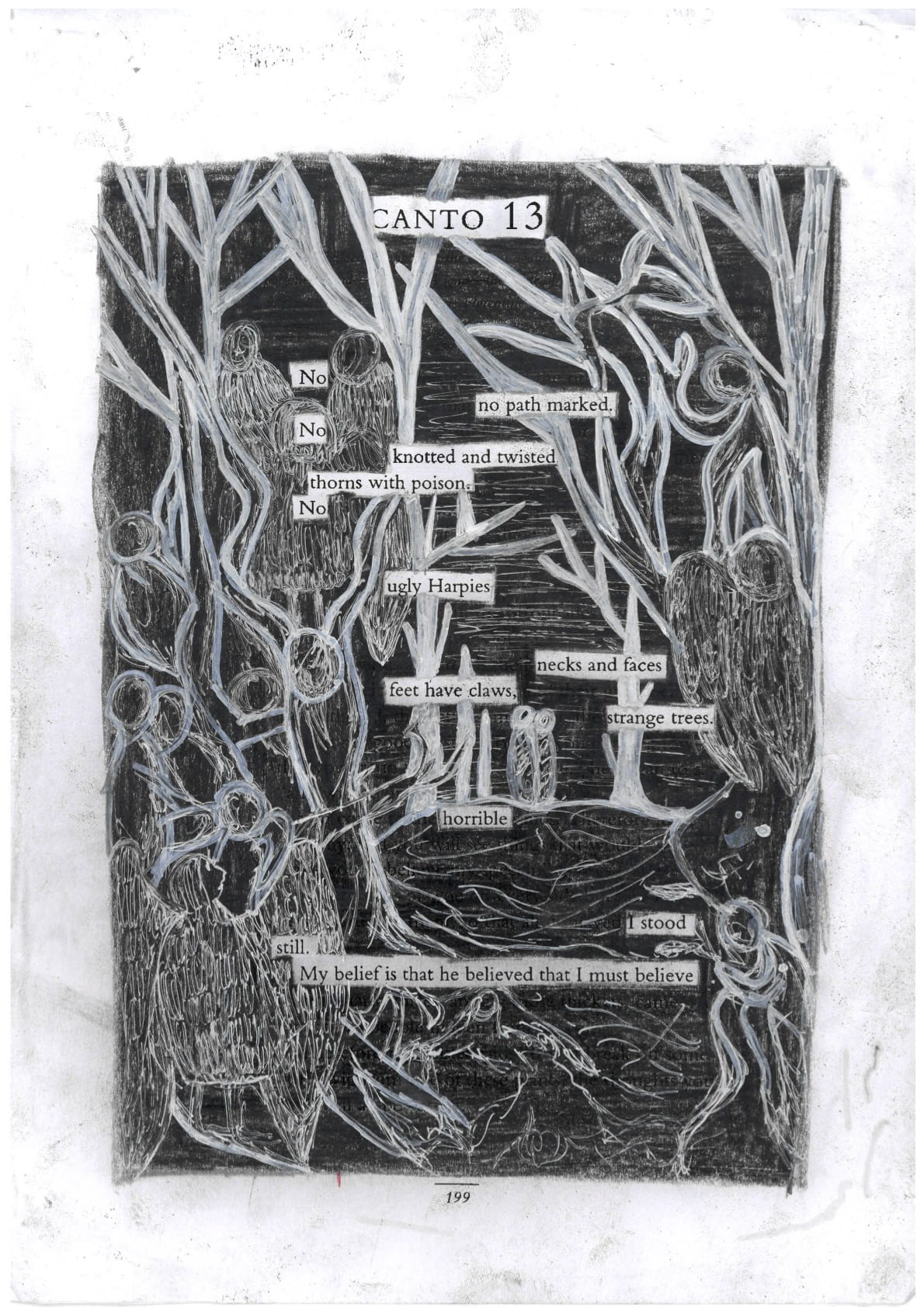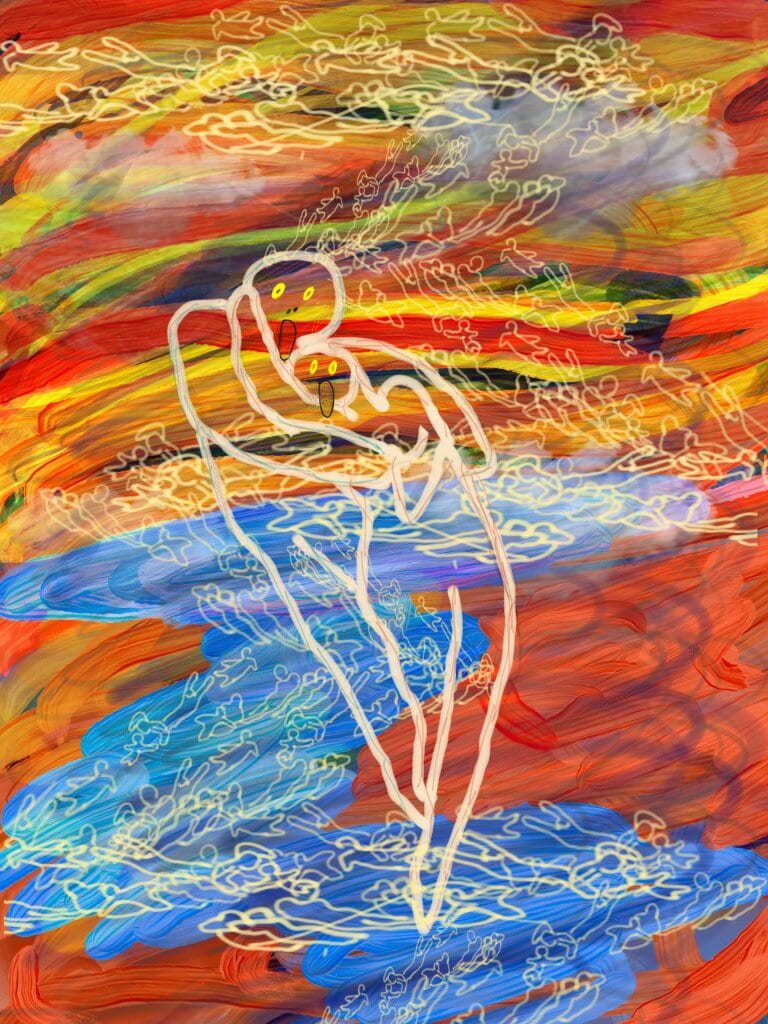| Category | Text |
| Form | Poetry |
| Genre | Allegory, Alliterative Verse, Dream Vision |
| Author | William Langland |
| Time | Late 14th Century |
| Language | Middle English |
| Featured In | Death, Mourning and Memory in Medieval Literature (YHU3345) |
Piers Plowman is the highly acclaimed Middle English allegorical poem by William Langland, written after the Black Death. The alliterative poem is divided into multiple sections or visions (termed “passus”). The narrator encounters various allegorical characters ranging from “Reason”, “Fortune”, “Wrath”, to rather unapologetically named ones such as “Do-Just-So-Or-Your-Dame-Will-Beat-You” and “Suffer-Your-Sovereigns-To-Have-Their-Will-Condemn-Them-Not-For-If-You-Do-You’ll-Pay-A-Dear-Price-Let-God-Have-His-Way-With-All-Things-For-So-His-Word-Teaches”, all in effort to learn and understand how to live life as a good Christian.
REFLECTIONS AND ENGAGEMENT
As a theological and social allegory, Piers Plowman pushes its literary form to the limit, with its endless search for authority and meaning in a post-plague era of death and social upheaval. During the medieval period, it was widely read and proved to be an influential text, even being used as inspiration during the Peasant’s Revolt of 1381. Given Piers Plowman’s social relevancy and popularity, my project hopes to re-imagine the text in a modern context while keeping its resonances as boundary-pushing social commentary. Moreover, just as Langland pushed against the didactic form of the allegory, my creative intervention attempts to move the theatrical form to the limits of realism, to comment on the crisis of society after a period of uncertainty, a reality we are still grappling with today.
CREATIVE PROJECT BY ASHLEY SIM SHUYI (’22)
Piers Plowman: A Brechtian Reinterpretation
Literary Art / Performing Art (Stage Play and Artistic Direction)
An Interpretation of Piers Plowman
Death, Mourning and Memory in Medieval Literature (YHU3345)
2021





Artist’s Remarks
My creative project will approach Piers Plowman from two directions – first as the writer of the Brechtian re-imagination of the text and secondly, as the artistic director commenting on the script with staging ideas. In this fictious production, I imagine that the play is put up by a very small team with aims to use art to generate some kind of social change, hence, the creative process between artistic collaborators is more transparent. As the writer, my re-interpretation of Piers Plowman focuses on picking out key moments in Passus V and VI and creating a montage-like sequence, one of the characteristics of Brechtian-inspired work. Moreover, as the script writer, I used the source text as the main inspiration, quoting the translation and the middle English to respect the socio-cultural world of the play, an important aspect of Brechtian work. Conversely, as the artistic director, I explain more fully what the staging could look like, while also removing more suspension of disbelief so the ‘audience’ (ie the reader of the script) can see behind the veil of the play’s staging, another Brechtian characteristic. This feature should also figure into the staging of the play as the set changes and costume changes happen in front of the audience. Overall, I want to construct a play, set during the time of Piers Plowman, that makes the audience confront the intellectual experiences of thinking about social issues rather than the feelings that heart-wrenching realism may invoke.
Compared to other medieval texts such as Dante’s Inferno or Chaucer’s The Book of the Duchess, Langland does not invoke as many intertextual references to the literary canon, but rather, is interested in depicting social reality as a means to grapple with it. In a similar way, Brecht believed that “Art is not a mirror with which to reflect reality, but a hammer with which to shape it”1, with his work often being tied to specific social contexts. Thus, I see a striking similarity between Brechtian theatre and Langland’s poem as both attempt to use art and culture to reflect deeply on society in a way that requires several layers of interpretation and understanding. Piers Plowman is not obviously didactic; however, it forces the reader to confront absurd scenarios that astound and confuse, much like how Brechtian theatre is staged. In my re-imagination of Piers Plowman, I have utilized many Brechtian techniques to reflect my initial process of encountering Piers Plowman for the first time. Some key Brechtian theories I have chosen to employ include Verfremdung (V-effect), a devising process that aims to make the familiar strange as a means for the audience to reach a deeper level of understanding by being forced to resolve surface contradictions and Gestus, a type of physicality that hopes to represent a character rather than embody it. Just as Langland’s poems alienate the modern reader, I hope to do the same in my theatrical re-interpretation. In the process of reconstituting Lamgland’s poem into a play, I looked into medieval morality plays such as Everyman to understand how medieval theatre incorporated allegory. I noticed that the practice of stating the didactic purpose of the morality play at the beginning fits in nicely with Brecht’s V-effect as this sort of declarative statement in modern day would serve to alienate, allowing for an interesting cross-pollination of medieval and modern theatrical practice.
Additionally, in my theatrical re-interpretation, I wanted to highlight the feelings of anxiety after the plague, which had pushed the world to the brink of disaster. Seen through Piers Plowman and the narrative itself, the text constantly grasps for meaning as the characters clamour to find ‘Truth’, a religious symbol of redemption. Thus, Piers Plowman becomes a vehicle to embark on this spiritual quest as he becomes a pseudo-Christ-like figure, who in the process of leading them to salvation, re-affirms strict social hierarchies where “wives and widows [should] spin wool and flax” (Langland 6.13) and the knight should “uphold [his] obligation” to “take care” (Langland 6.33) of the people. However, this spiritual quest underpins larger societal issues as individuals such as the “pickpocket”, “ape-trainer” and “cake-seller” (Langland 5.630 – 634), believe that they have “no kin” with Truth, speaking to the larger issue that only communities of aristocrats believed that they have access to spiritual redemption. Compounded by the historical context of peasants being forced to work under the Ordinance of Labourers of 1349, I wanted to explore this social commentary through my use of placards which have often been used to comment on the unseen in Brechtian plays. Another way that Langland has created boundary-pushing social commentary is through his allegory of Hunger, which is also tied to the labour crisis. The violence with which Hunger is used to control the Waster is striking, as Hunger “gripped [the Waster] so that his eyes gushed water” (Langland 6.175). While exhibiting cruel violence, Hunger is simultaneously shown to restore social order. I wanted to figure this duality of Hunger into my montage sequence, choosing to construct Hunger as a modern-day rock star – a symbol of both vice and virtue. To do this, I conceived of unique staging elements such as costuming and lighting to create a jarring quality, alienating the audience.
To me, this project is a creative exercise in relating modern theatrical practice to Langland’s unique use of form. It is interesting to see many resonances with how literature and art tends to move after a catastrophic event such as the plague, or the pandemic, as there is clearly a pattern of art moving towards more absurd, post-modern directions. Other artistic movements such as Dadaism or the rise of Zoom theatre reflects this human desire to construct meaning in chaos by pushing the limits of the known. Piers Plowman represents this human impulse to explain the inexpressible, in a constant struggle to find meaning in a world surrounded by death, and it is my hope that my Brechtian reimagination of the text pay homage to its enduring relevance in the 21st century.
FOOTNOTES
1 The source of this quote has been disputed greatly so it is difficult to find where it was originally quoted from. However, this quote is one of the most commonly-attributed quote to Brecht.
IMAGE CREDITS
[Featured Image] https://en.wikipedia.org/wiki/Piers_Plowman
CONTRIBUTED BY ASHLEY SIM SHUYI (’22)




